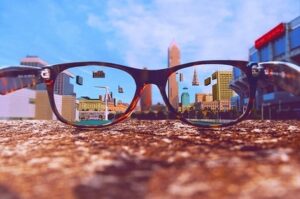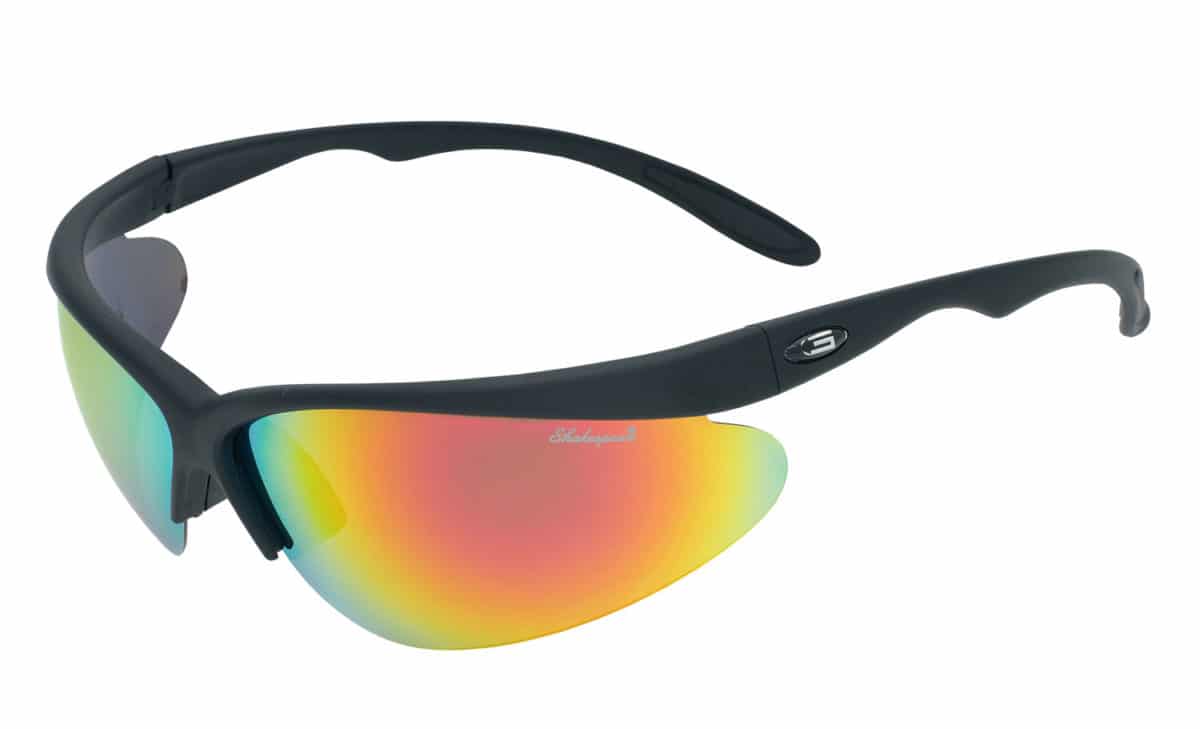By: Holly Hosford-Dunn Ph.D.
This week is a guest post from the Hearing Economics blog editor.
To our HHTM readers,
Eyes and ears are linked in our thinking and speaking, as in “The eyes and ears have it.”
Have what, exactly?
Seeing and hearing are so different, why they are treated like kissing cousins?
Here are some reasons we thought of.
- Hearing and Seeing are two of our Five Senses.
- Ears and eyes are geographically close, both being on the head. That’s probably why early medical specialists were called “Eye-Ear-Nose-Throat” doctors.
- We have two of each–much better than our poor one-of-each tongues and noses. True, noses have two nostrils
but somehow that doesn’t seem the same.
- Ears and eyes have specific duties and no-nonsense performance. We know what we see, we know what we hear. Not so much with those touchy-feely senses of taste, smell and touch.
- Ears and eyes make identifications. Tongues, noses and skin make judgments: taste (yummy, icky), smell (heavenly, horrible) and touch (wow, ouch).
These musings are in response to advertising material brought in by, Zeke, our ever-loyal patient who worries about our ability to survive new competitors. The ad featured Barnet-Dulaney-Perkins Eye Center, better known as eye surgeons.
Vision & Hearing We Treat Them Both! You have trusted us with your vision. Today, our commitment to unprecedented excellent in eye care has led us to provide you equal quality of care to another very important sense of your life…your hearing. Take this simple test and if you answer “yes” to any of these questions, schedule your complimentary hearing evaluation today!” “Dual sensory loss, the combined loss of vision and hearing, occurs naturally with age” “Don’t let the myths and stereotypes of hearing aids keep you from hearing all that you’re missing.”
Don’t worry Zeke. Eye doctors occasionally get the idea of adding hearing aids to their practices as a profit center. To our knowledge, it never works. For example, National Eye and Ear has been around for some time but hasn’t done hearing for much of it. A logo project based on their services says it all (we bolded/italicized the interesting part):
What we do: Optometrist, Eye exams, contact and glasses perscriptions (sic), eye health exams. We don’t do anything with ears any longer. Please don’t have anything in the logo that would make people think that we see people with hearing problems.
Ears are out and eyes are in at National Eye and Ear. The two senses differ in many ways, a few of which are discussed below.
Most Ears Problems are (sensori)Neural, Most Eye Problems are Mechanical
A huge oversimplification, but an important one. Few hearing problems are due to mechanical problems, which occur when the ear drum or middle ear are injured, infected, invaded, or diseased. In most cases, modern medicine has eliminated or quickly fixed such problems. Most hearing problems nowadays are due to malfunction in the inner ear — a closed hydraulic system deep at the base of the skull which houses “sensorineural” components that convert auditory inputs into nerve impulses to the brain. Very few of those are treated surgically; almost all are treated with hearing aids.
Not so with eyes, where it seems to us (we’re not eye experts anymore than those guys are ear experts) that most vision problems from childhood on have to do with mechanical problems in the lens and cornea that mess up focus. Many of those are treated surgically these days; those that aren’t are treated with glasses.
Hearing Aids and Eyeglasses are Not the Same
Yes, both types of instruments are worn on the head and both are geared to provide correction, not cure. But that’s the extent of similarities.
Eyeglasses
Eyeglasses and contact lenses are made in different powers (diopters) for strictly refractive purposes: to compensate for mechanical problems of the  eye that cause refractive errors. Prescription lenses correct by refracting light at the right degree to focusing it on the retina. In our experience, a patient gets tested, gets a prescription for glasses, selects the frames, gets the glasses and walks out the door. Bifocals may require adjustment and some getting used to. No need to return till the eyes get worse and you need new glasses. Unless you have something unusual, the glasses will correct you to 20/20 or thereabouts. And maintenance is a snap — just wipe them once in awhile. No need for batteries — they aren’t electronic instruments.
eye that cause refractive errors. Prescription lenses correct by refracting light at the right degree to focusing it on the retina. In our experience, a patient gets tested, gets a prescription for glasses, selects the frames, gets the glasses and walks out the door. Bifocals may require adjustment and some getting used to. No need to return till the eyes get worse and you need new glasses. Unless you have something unusual, the glasses will correct you to 20/20 or thereabouts. And maintenance is a snap — just wipe them once in awhile. No need for batteries — they aren’t electronic instruments.
No doubt, any self-respecting optometrist who reads that paragraph will fume that, at best, we have only a passing understanding of vision care. Agreed. That’s why we don’t fit glasses. We are Audiologists, not optometrists.
Hearing Aids
Hearing aids have different corrections (we call it gain, not power) at every frequency — sort of like requiring that glasses have different refraction powers for every color. That in itself is enough to show you that hearing aids are much more complicated, and sophisticated, than glasses. But, there’s more. Hearing aids have to constantly adjust the gain at each frequency, depending on the intensity of the frequency (and its onset and offset, etc), and the perceived loudness of different frequencies. And the hearing aids have to do this on a millisecond basis. Let’s not even get into all that they do when they’re analyzing the environment for speech versus noise.
In our experience, a patient gets tested, gets a recommendation for amplification, selects the type (in the ear, behind the ear, etc), gets the hearing aids, learns about batteries, and begins an interactive process with the audiologist. The process consists of repeated adjustments to the instruments and adaptation by the patient over weeks to months. Once the patient is fully “acclimatized,” they still need to return every 3-6 months for ear canal checks (pesky wax), hearing aid cleaning, occasional adjustments, and occasional repairs because these instruments are stuffed full of electronics. A well fit patient will hear normal conversational speech in reasonable listening situations, but the hearing aids will not give patients “20/20 hearing” because there is no such simple measure when it comes to ears and hearing.
How Eyeglasses Differ from Hearing Aids
To act even remotely like hearing aids, eyeglasses would have to start by being electronic and they would probably consume cartons of batteries to get the job done. They would have to turn into dark glasses when it’s bright and clear up when it’s dim. Yes, glasses can do that, but slowly and for the whole lens. To mimic hearing aids, lenses would have to simultaneously darken for bright (saturated) colors, clear for muted colors (unsaturated), and be in between for other colors. They would have to do this on a split second basis, all the time. It would be like wearing psychedelic glasses — no way could you get used to that! Even if you could, you would need many visits to the glasses doctor to get them tweaked just right for every frequency and every intensity. People would end up living in the dark and forgoing the “pleasure” of seeing, just to avoid having to use eye glasses.
You can see why eye glasses outfits that decide to fit hearing aids quickly figure out that it’s not a cost-effective business.
This blog was originally published in the Tucson Audiologists blog on February 25, 2013 by Dr. Hosford-Dunn








